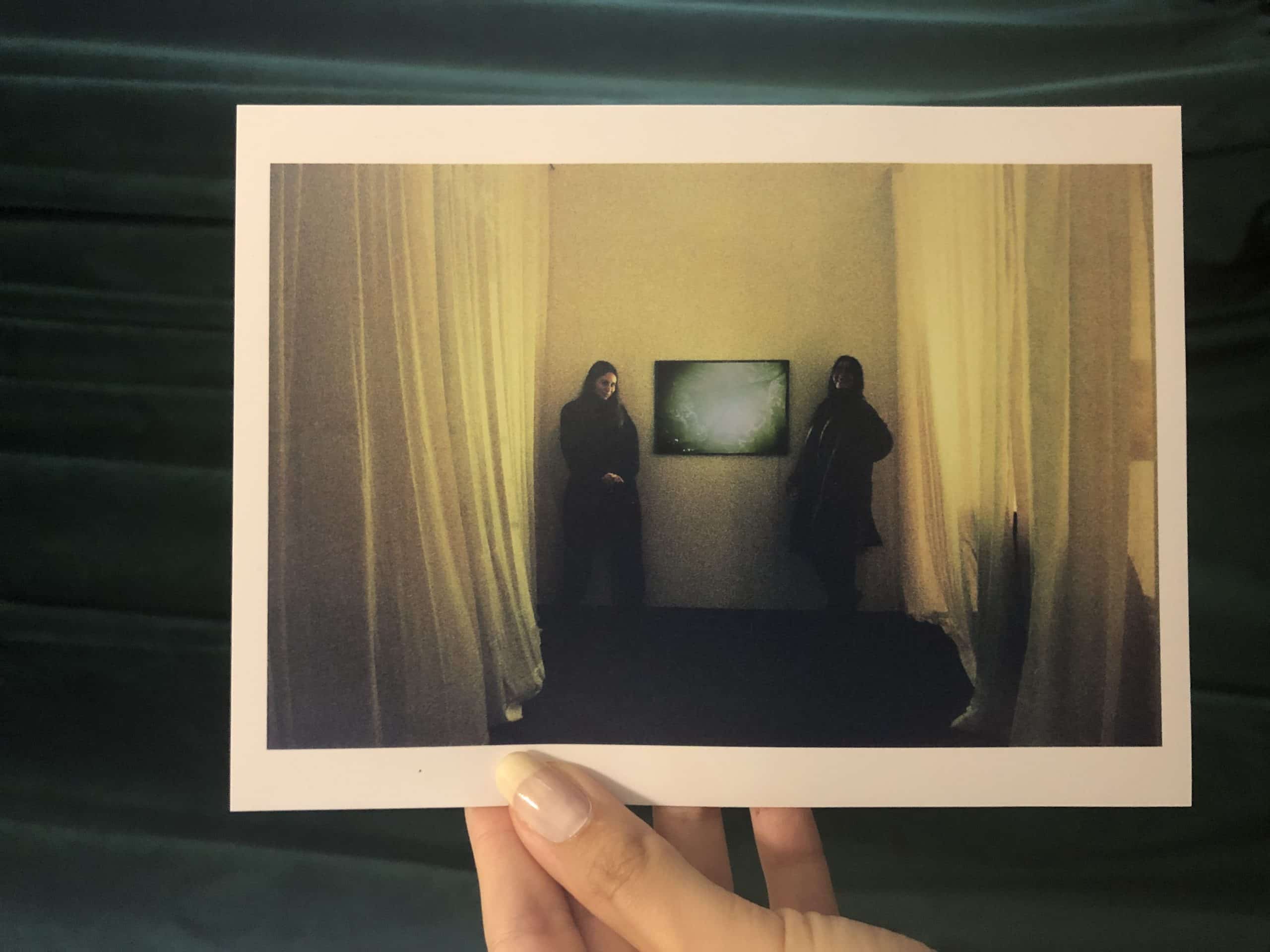Artists are seldom satisfied pushing themselves down a singular path, and whilst most will ultimately find their speciality that shapes their career, life and legacy, this will not be for a lack of exploring as many new avenues as possible.
A great example of this is the photographer Ruth Orkin, a groundbreaking photojournalist and artist that was amongst the first highly successful freelance photographers in a field primarily dominated by men at the time.
As well as taking pictures of Orson Welles, Joan Crawford, Albert Einstein and Alfred Hitchcock, her magnum opus was the signature shot American Girl In Italy.
The picture, taken of Indianapolis model Ninalee Craig in Florence, is almost a metaphor for Mrs Orkin’s career, as she confidently strides through a street whilst a group of men stop and stare at her, with the bespoke framing of her travelling alone and forging her own path.
However, whilst best known for her highly expressive shots and unique takes on everyday moments, Ruth Orkin also had a brief career as a filmmaker, one that itself was part of a fascinating journey.
Little Fugitives, Lovers And Lollipops
Contrary to what her success in photography may suggest, Mrs Orkin’s dream was to be behind a different kind of camera.
After cycling across America at the age of 17 and taking a picture diary along the way, she applied to MGM Studios, eventually becoming the first messenger girl there.
During the studio system, future directors worked their way right from the bottom, and her goal was to become a cinematographer.
Sadly, this initial sojourn into the film world only lasted a matter of months, quitting in 1941 due to the discrimination of the union that would not allow female members at the time.
She would briefly join the Women’s Auxiliary Army Corps in the midst of the Second World War under the promise of being taught filmmaking skills, but she left in 1943 having learned nothing in that field.
Her big break finally came in 1952 with her marriage to Morris Engel, a member of the Photo League, one of the earliest radical photography collectives in New York and one with a significant number of women members and a considerable influence.
With the Photo League being blacklisted as an alleged communist organisation in 1949 and disbanded in 1951, Mrs Orkin and Mr Engel developed a pair of influential independent films.
The first was 1953’s Little Fugitive, the story of a child who runs away from home for the day and explores Coney Island, was hugely influential due to its naturalistic filmmaking style, use of nonprofessional actors and handheld cameras.
It ultimately would help to spearhead the French New Wave, received critical acclaim and would be nominated for an Academy Award.
It also led to a follow-up in 1956 called Lovers and Lollipops, which was a similarly low-budget film about a date through New York City between a widowed model, her old friend and her daughter Peggy, who steals the show as one of the first bratty children in film history.
This would be her last film, although Mr Engel would produce a third independently distributed film by the name of Weddings and Babies, which won a Venice Film Festival Critics Award in 1958.
Ruth Orkin would return to photography, becoming a teacher at the New York School of Visual Arts and the International Centre of Photography before dying after a lengthy battle with Cancer in 1985 at the age of 63.
